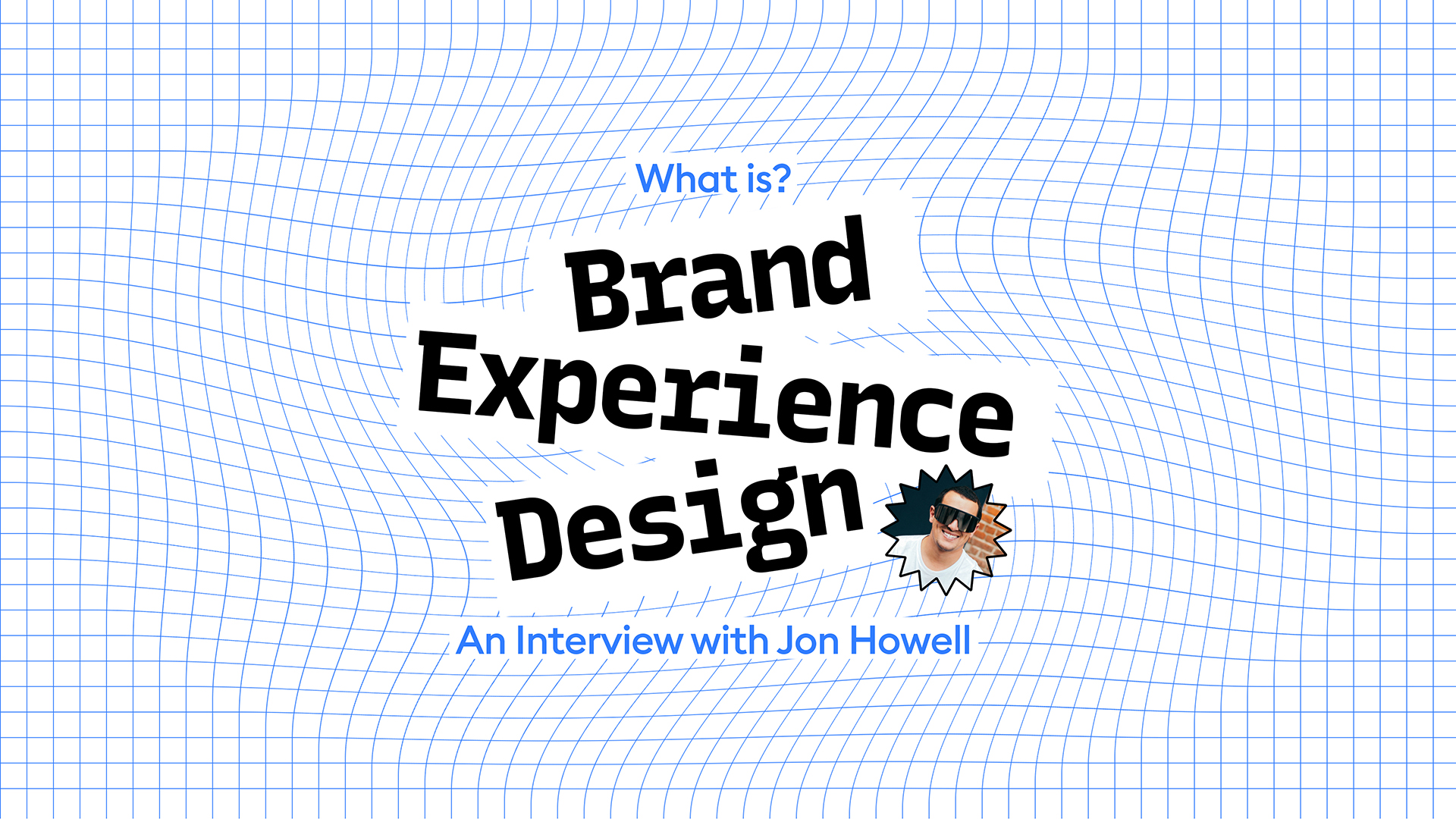
What is Brand Experience Design? An Interview with Jon Howell
We spent some time with Jon Howell, a designer who has built his career working on the intersection of brand and product design. He focuses on creating emotive visual identities and product experiences for brands and products like Robinhood, Lyft, Twitch, Microsoft, and more. We sat down to ask him some questions about brand experience design, a role quickly emerging on many product teams. Read his answers below to learn the definition of brand experience design, the business impact of this discipline, how to get leadership buy-in, and why it matters to product.
Jon: Before I define brand experience design, I have to first define the term
This raises another question: what are
That said, brand experience design is a way of designing products and features with a more brand-conscious approach and a clear understanding of how to integrate marketing into product experiences without getting in the way of the user. Brand experience design focuses on designing experiences that create strong emotional connections with users in order to build trust, drive preference, and ultimately create affinity.
brand experience design is a way of designing products and features with a more brand-conscious approach and a clear understanding of how to integrate marketing into product experiences without getting in the way of the user.
Jon: Brand experience designers typically have experience in both building digital products and developing brand systems. This type of designer should be familiar with the company’s mission and brand strategy. Also, since this role most likely sits within the product design team, these types of designers should understand and have experience with the process for building new products and features.
With an understanding of both brand and product design, this type of designer should be comfortable identifying areas within a product where there’s a change or escalation in emotion and tap into these moments to create a branded product experience. This would include storyboarding experiences, creating journey maps, and determining the proper tools to create these experiences
One of the most critical responsibilities of a brand experience designer is developing strong cross-discipline relationships within the organization. Since brand experience design serves as the bridge between product and marketing, cross-functional partners are integral to creating successful and unified brand experiences.
Jon: Brand and marketing teams have a variety of channels to communicate about a product, but often their access to the product team is limited. This is why a brand experience team should live within the product organization — to act as the liaison between brand/marketing and the tech teams
They not only have the technical knowledge of building products, but they also understand how fast brand and marketing teams operate and have visibility into their overarching strategy and initiatives. They’re able to educate and influence brand and marketing teams to leverage the product as another communication channel to market within. They can also help create a more seamless engagement across these teams with less friction by helping brand/marketing understand the scope and commitment that would be needed to implement across the tech teams.
Jon: It’s been proven
If business leaders want to create repeat consumers, they should take advantage of these experiences to build customer loyalty through brand experience design. It’s the culmination of these delightful and memorable brand experiences within the product that help build trust, drive preference, and create affinity for the products we know and love. By owning these experiences, brand experience design can quickly deliver value within any business, regardless of industry.
Jon: I mentioned this briefly before, but the importance of building internal cross-functional relationships is the key to developing products and features that people will love, remember, and talk about for years to come. Brand experience design isn’t just one team brainstorming one-off experiences; it requires a cultural shift in the way in which we approach and build digital products.
As a brand experience designer, you need to earn the trust of product managers, marketing and brand team members, product designers, product marketing managers, engineers, and, most of all, leadership. Since brand experience design is a reasonably new approach to product design and the integration of brand, you must be able to prove it’s worth.
Highlight how much clearer your brand’s story and mission come to life within a product experience. Track the number of brand touchpoints users are getting within the product. Find advocates across the business who understand the value of investing in brand experience design to bring others along and create momentum behind your business impact.
Jon: Good user experiences are intentionally invisible; users don’t have to think about them. They’re designed so that the products we use are functional, reliable, and usable — but that is table stakes when it comes to the world of digital product design. The leaders in the industry take those functional, reliable experiences and make them memorable, share-worthy experiences, and use them to influence people’s perceptions of their product through brand experience design. For winning digital product companies, the brand and the product should be one in the same.
The brand is the product, and the product is the brand.
By injecting your brand’s story and values through the entire product experience, you’re more likely to establish a lasting connection with your consumers. This connection will help you retain more loyal consumers for longer, lower the cost of maintaining existing consumers for the business, and ensure that you’re creating a delightful experience for your users.



